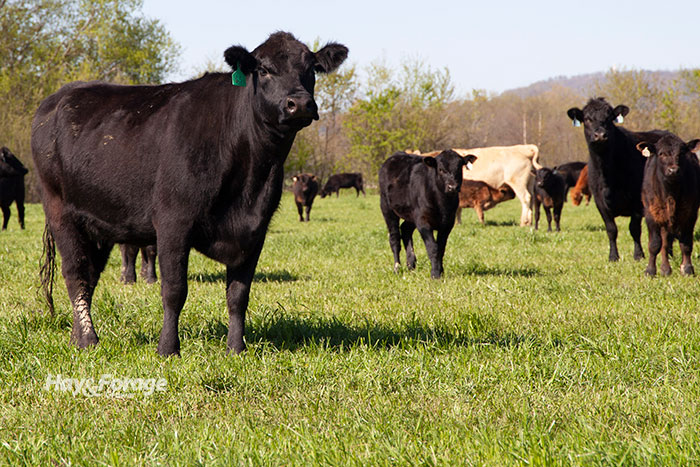
No time is a good time to abuse pastures by overgrazing, shortening rest periods, or overstocking, but fall is an especially bad time for such agrarian offenses.
“Management decisions made during autumn affect the ability of the plants to overwinter, determine when new growth is initiated in the spring, and impacts how much total forage growth will be produced over the following season,” says Gene Pirelli, professor emeritus in animal and rangeland sciences with Oregon State University.
When pastures are overgrazed or subjected to excessive forage harvesting in the fall, it inhibits root system rebuilding and the formation of shoots for spring growth.
Pirelli explains that roots regenerate in the fall while potential new shoots are also in the process of forming. Plants need time to store carbohydrates to ensure long-term forage production.
“The lower stems or crown, rather than the roots, are the major storage unit of complex carbohydrates in perennial grasses,” Pirelli states. “The new root system will take up water from the soil plus important nutrients that nurture those new growing points. Both plant systems must work together to sustain pasture growth in the next grazing season.”
The actual time it takes for new root growth varies depending upon the amount of moisture from irrigation or rainfall, daylength, and the residual stubble height. New plant roots are evident if plants are dug up and washed free of any soil. The new roots will be white, variable in length, and originate from the crown.
Plant growing points develop in the fall, which provide next spring’s forage growth. Pirelli contrasts these young grass shoots, or tillers, to human babies — both need a steady supply of nutrients and protection from stress.
In the fall, nutrients are supplied from the previous season’s tillers, which have stored carbohydrates in the bottom 3 to 4 inches of the plant. The existing tillers are often dormant and brown during fall — but not dead — and their storage function is critical. The older tillers also provide physical protection to the new tillers.
Not too short
If pastures are grazed or mowed lower than a 3- to 4-inch stubble height in the fall, the plant’s carbohydrate reserves are reduced, and the new tillers are robbed of their food source. Also, the new tillers are exposed to weather extremes. Overgrazing also slows or stops root formation, and in the following spring, the new tillers will grow slower and have fewer roots to supply needed nutrients.
Grass species vary in how sensitive they are to grazing or cutting height. Pirelli offers the following recommendations as a minimum residual height for some common grass species:
Orchardgrass: 3 to 4 inches
Smooth bromegrass: 3 to 4 inches
Meadow bromegrass: 3 to 4 inches
Tall fescue: 3 to 4 inches
Bluegrass: 3 to 4 inches
Perennial ryegrass: 2 inches
Timothy: 4 to 6 inches

